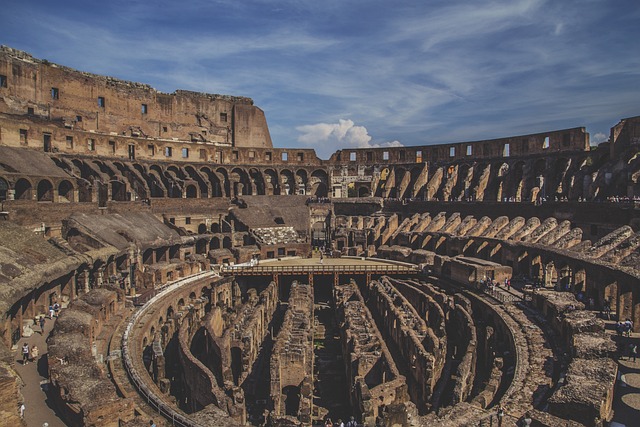
The first rock-cut buildings appeared during the Maurya period as monks’ homes and places of worship. Beautiful prayer halls and temples were created as a result of the architecture’s development. The art of rock-cut architecture has been a significant tool for understanding our extremely talented artisans’ culture, religion, customs, and talents.
Lomas Rishi caves: In the Barabar and Nagarjuni hills of the Jehanabad district in the Indian state of Bihar, the Lomas Rishi Cave, also known as the Grotto of Lomas Rishi, is one of the man-made Barabar Caves. A sanctuary was fashioned out of this rock-cut cave.
Ajanta Caves: One of the pinnacles of ancient Buddhist rock architecture can be found at Ajanta Caves. They were built as a place for Hinayana monks to stay. They are well known for their mural paintings, which have grown into a different school of painting.
Ellora caves: The Aurangabad area of Maharashtra, India, is home to the UNESCO World Heritage Site known as Ellora. These caves reflect a variety of Buddhist deities and mark the evolution of the Vajrayana school of Buddhism.
Badami caves: In Badami, a town in the Bagalkot district in the northern portion of Karnataka, India, there is a complex of Hindu and Jain cave temples.
Conclusion: Thus, the rock cut architecture seen all over India provides details about ancient Indian life and helps us understand their culture from their point of view.
Read Also: Highlight the Central Asian and Greco -Bactrian elements in Gandhara art.



